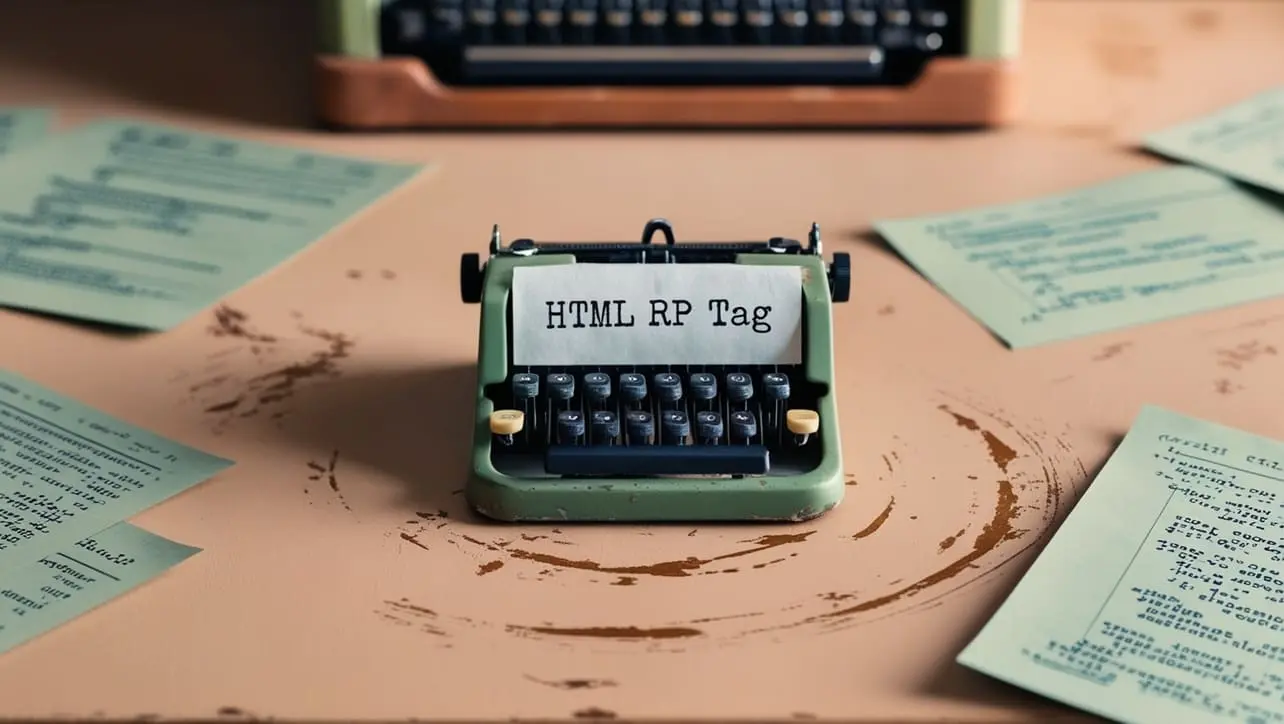
HTML Topics
- HTML Intro
- HTML Basic
- HTML Editors
- HTML CSS
- HTML Tags
- <!--...-->
- <!DOCTYPE>
- <a>
- <abbr>
- <address>
- <area>
- <article>
- <aside>
- <audio>
- <b>
- <base>
- <bdi>
- <bdo>
- <bgsound>
- <blink>
- <blockquote>
- <body>
- <br>
- <button>
- <canvas>
- <caption>
- <cite>
- <code>
- <col>
- <colgroup>
- <data>
- <datalist>
- <dd>
- <del>
- <details>
- <dfn>
- <dialog>
- <div>
- <dl>
- <dt>
- <em>
- <embed>
- <fieldset>
- <figcaption>
- <figure>
- <footer>
- <form>
- <h1> to <h6>
- <head>
- <header>
- <hgroup>
- <hr>
- <html>
- <i>
- <iframe>
- <img>
- <input>
- <ins>
- <kbd>
- <label>
- <legend>
- <li>
- <link>
- <main>
- <map>
- <mark>
- <menu>
- <meta>
- <meter>
- <nav>
- <noscript>
- <object>
- <ol>
- <optgroup>
- <option>
- <output>
- <p>
- <param>
- <picture>
- <pre>
- <progress>
- <q>
- <rp>
- <rt>
- <ruby>
- <s>
- <samp>
- <script>
- <search>
- <section>
- <select>
- <small>
- <source>
- <span>
- <strong>
- <style>
- <sub>
- <summary>
- <sup>
- <svg>
- <table>
- <tbody>
- <td>
- <template>
- <textarea>
- <tfoot>
- <th>
- <thead>
- <time>
- <title>
- <tr>
- <track>
- <u>
- <ul>
- <var>
- <video>
- <wbr>
- HTML Deprecated Tags
- HTML Events
- HTML Event Attributes
- HTML Global Attributes
- HTML Attributes
- HTML Comments
- HTML Entity
- HTML Head
- HTML Form
- HTML IndexedDB
- HTML Drag & Drop
- HTML Geolocation
- HTML Canvas
- HTML Status Code
- HTML Language Code
- HTML Country Code
- HTML Charset
- MIME Types
HTML rp Tag

Photo Credit to CodeToFun
🙋 Introduction
In the vast landscape of HTML elements, the <rp> tag plays a specific role in enhancing the semantic structure of ruby annotations.
This comprehensive guide will illuminate the significance of the <rp> tag and guide you through its proper usage.
🤔 What is <rp> Tag?
The <rp> tag is an HTML element designed to provide fallback parentheses for browsers that do not support the display of ruby annotations. It is typically used in conjunction with the <ruby> element, where it comes between the <rt> (ruby text) and <rtc> (ruby text container) elements.
💡 Syntax
When implementing the <rp> tag, it is typically placed before and after the text content that serves as a fallback for browsers not supporting ruby annotations.
<ruby>
漢 <rp>(</rp><rt>kan</rt><rp>)</rp>
</ruby>🧰 Attributes
The <rp> tag does not support any specific attributes. Its primary function is to act as a container for fallback parentheses.
📚 Common Use Cases
Ruby Annotations:
The primary use of the
<rp>tag is within ruby annotations to provide a text fallback for browsers that do not support the rendering of ruby text.ruby-annotations.htmlCopied<ruby> 漢 <rp>(</rp><rt>kan</rt><rp>)</rp> </ruby>
🖥️ Browser Support
Understanding the compatibility of the <rp> tag across different browsers is essential for delivering a consistent user experience. Here's an overview of its support:
- Google Chrome: Fully supported.
- Mozilla Firefox: Fully supported.
- Microsoft Edge: Fully supported.
- Safari: Fully supported.
- Opera: Fully supported.
- Internet Explorer: Partial support (some versions may have limitations).
Ensure you test your code in various browsers to guarantee a seamless experience for your audience.
🏆 Best Practices
- Always use the
<rp>tag in conjunction with the <ruby> element to provide a consistent experience across different browsers. - Include meaningful fallback text within the
<rp>tags to ensure clarity for users with non-supportive browsers.
🎉 Conclusion
The <rp> tag might seem subtle, but its role in providing fallback parentheses within ruby annotations is significant. Incorporating this tag into your HTML markup ensures a consistent and accessible presentation of ruby text across various browsers.
👨💻 Join our Community:
Author

For over eight years, I worked as a full-stack web developer. Now, I have chosen my profession as a full-time blogger at codetofun.com.
Buy me a coffee to make codetofun.com free for everyone.
Buy me a Coffee












If you have any doubts regarding this article (HTML rp Tag), please comment here. I will help you immediately.